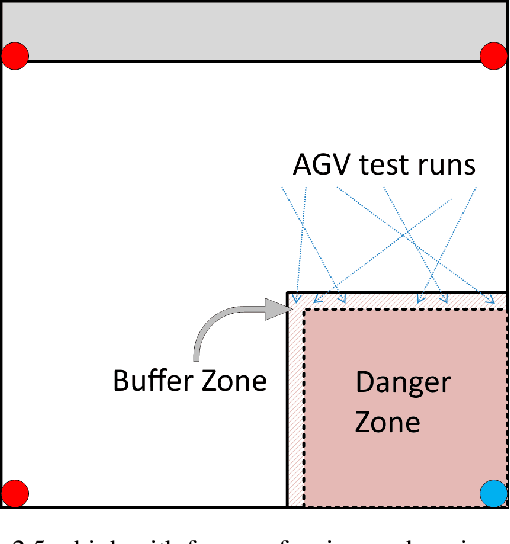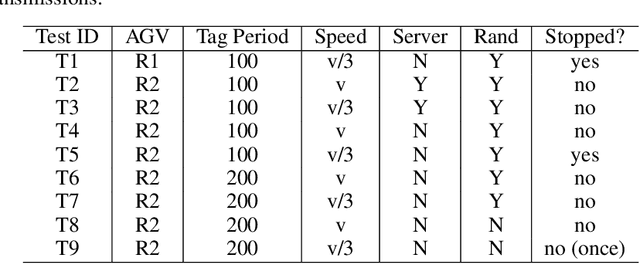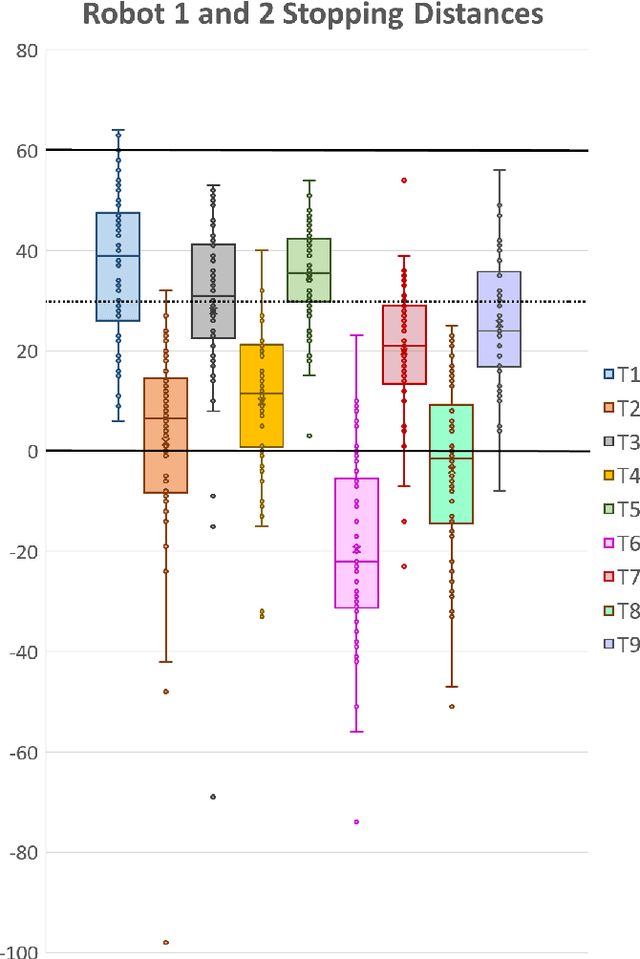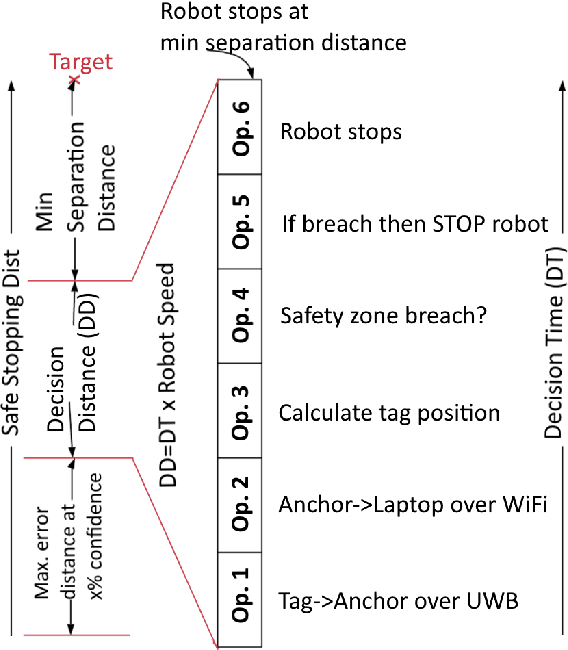Ibrahim Habli
MATRIX: Multi-Agent simulaTion fRamework for safe Interactions and conteXtual clinical conversational evaluation
Aug 26, 2025Abstract:Despite the growing use of large language models (LLMs) in clinical dialogue systems, existing evaluations focus on task completion or fluency, offering little insight into the behavioral and risk management requirements essential for safety-critical systems. This paper presents MATRIX (Multi-Agent simulaTion fRamework for safe Interactions and conteXtual clinical conversational evaluation), a structured, extensible framework for safety-oriented evaluation of clinical dialogue agents. MATRIX integrates three components: (1) a safety-aligned taxonomy of clinical scenarios, expected system behaviors and failure modes derived through structured safety engineering methods; (2) BehvJudge, an LLM-based evaluator for detecting safety-relevant dialogue failures, validated against expert clinician annotations; and (3) PatBot, a simulated patient agent capable of producing diverse, scenario-conditioned responses, evaluated for realism and behavioral fidelity with human factors expertise, and a patient-preference study. Across three experiments, we show that MATRIX enables systematic, scalable safety evaluation. BehvJudge with Gemini 2.5-Pro achieves expert-level hazard detection (F1 0.96, sensitivity 0.999), outperforming clinicians in a blinded assessment of 240 dialogues. We also conducted one of the first realism analyses of LLM-based patient simulation, showing that PatBot reliably simulates realistic patient behavior in quantitative and qualitative evaluations. Using MATRIX, we demonstrate its effectiveness in benchmarking five LLM agents across 2,100 simulated dialogues spanning 14 hazard scenarios and 10 clinical domains. MATRIX is the first framework to unify structured safety engineering with scalable, validated conversational AI evaluation, enabling regulator-aligned safety auditing. We release all evaluation tools, prompts, structured scenarios, and datasets.
Metrics that matter: Evaluating image quality metrics for medical image generation
May 12, 2025Abstract:Evaluating generative models for synthetic medical imaging is crucial yet challenging, especially given the high standards of fidelity, anatomical accuracy, and safety required for clinical applications. Standard evaluation of generated images often relies on no-reference image quality metrics when ground truth images are unavailable, but their reliability in this complex domain is not well established. This study comprehensively assesses commonly used no-reference image quality metrics using brain MRI data, including tumour and vascular images, providing a representative exemplar for the field. We systematically evaluate metric sensitivity to a range of challenges, including noise, distribution shifts, and, critically, localised morphological alterations designed to mimic clinically relevant inaccuracies. We then compare these metric scores against model performance on a relevant downstream segmentation task, analysing results across both controlled image perturbations and outputs from different generative model architectures. Our findings reveal significant limitations: many widely-used no-reference image quality metrics correlate poorly with downstream task suitability and exhibit a profound insensitivity to localised anatomical details crucial for clinical validity. Furthermore, these metrics can yield misleading scores regarding distribution shifts, e.g. data memorisation. This reveals the risk of misjudging model readiness, potentially leading to the deployment of flawed tools that could compromise patient safety. We conclude that ensuring generative models are truly fit for clinical purpose requires a multifaceted validation framework, integrating performance on relevant downstream tasks with the cautious interpretation of carefully selected no-reference image quality metrics.
The case for delegated AI autonomy for Human AI teaming in healthcare
Mar 24, 2025Abstract:In this paper we propose an advanced approach to integrating artificial intelligence (AI) into healthcare: autonomous decision support. This approach allows the AI algorithm to act autonomously for a subset of patient cases whilst serving a supportive role in other subsets of patient cases based on defined delegation criteria. By leveraging the complementary strengths of both humans and AI, it aims to deliver greater overall performance than existing human-AI teaming models. It ensures safe handling of patient cases and potentially reduces clinician review time, whilst being mindful of AI tool limitations. After setting the approach within the context of current human-AI teaming models, we outline the delegation criteria and apply them to a specific AI-based tool used in histopathology. The potential impact of the approach and the regulatory requirements for its successful implementation are then discussed.
Learning Run-time Safety Monitors for Machine Learning Components
Jun 23, 2024



Abstract:For machine learning components used as part of autonomous systems (AS) in carrying out critical tasks it is crucial that assurance of the models can be maintained in the face of post-deployment changes (such as changes in the operating environment of the system). A critical part of this is to be able to monitor when the performance of the model at runtime (as a result of changes) poses a safety risk to the system. This is a particularly difficult challenge when ground truth is unavailable at runtime. In this paper we introduce a process for creating safety monitors for ML components through the use of degraded datasets and machine learning. The safety monitor that is created is deployed to the AS in parallel to the ML component to provide a prediction of the safety risk associated with the model output. We demonstrate the viability of our approach through some initial experiments using publicly available speed sign datasets.
Unravelling Responsibility for AI
Aug 04, 2023



Abstract:To reason about where responsibility does and should lie in complex situations involving AI-enabled systems, we first need a sufficiently clear and detailed cross-disciplinary vocabulary for talking about responsibility. Responsibility is a triadic relation involving an actor, an occurrence, and a way of being responsible. As part of a conscious effort towards 'unravelling' the concept of responsibility to support practical reasoning about responsibility for AI, this paper takes the three-part formulation, 'Actor A is responsible for Occurrence O' and identifies valid combinations of subcategories of A, is responsible for, and O. These valid combinations - which we term "responsibility strings" - are grouped into four senses of responsibility: role-responsibility; causal responsibility; legal liability-responsibility; and moral responsibility. They are illustrated with two running examples, one involving a healthcare AI-based system and another the fatal collision of an AV with a pedestrian in Tempe, Arizona in 2018. The output of the paper is 81 responsibility strings. The aim is that these strings provide the vocabulary for people across disciplines to be clear and specific about the different ways that different actors are responsible for different occurrences within a complex event for which responsibility is sought, allowing for precise and targeted interdisciplinary normative deliberations.
AERoS: Assurance of Emergent Behaviour in Autonomous Robotic Swarms
Feb 20, 2023Abstract:The behaviours of a swarm are not explicitly engineered. Instead, they are an emergent consequence of the interactions of individual agents with each other and their environment. This emergent functionality poses a challenge to safety assurance. The main contribution of this paper is a process for the safety assurance of emergent behaviour in autonomous robotic swarms called AERoS, following the guidance on the Assurance of Machine Learning for use in Autonomous Systems (AMLAS). We explore our proposed process using a case study centred on a robot swarm operating a public cloakroom.
A Principle-based Ethical Assurance Argument for AI and Autonomous Systems
Mar 29, 2022



Abstract:An assurance case presents a clear and defensible argument, supported by evidence, that a system will operate as intended in a particular context. Assurance cases often inform third party certification of a system. One emerging proposal within the trustworthy AI and Autonomous Systems (AS) research community is to extend and apply the assurance case methodology to achieve justified confidence that a system will be ethically acceptable when used in a particular context. In this paper, we develop and further advance this proposal, in order to bring the idea of ethical assurance cases to life. First, we discuss the assurance case methodology and the Goal Structuring Notation (GSN), which is a graphical notation that is widely used to record and present assurance cases. Second, we describe four core ethical principles to guide the design and deployment of AI/AS: justice; beneficence; non-maleficence; and respect for personal autonomy. Third, we bring these two components together and structure an ethical assurance argument pattern - a reusable template for ethical assurance cases - on the basis of the four ethical principles. We call this a Principle-based Ethical Assurance Argument pattern. Throughout, we connect stages of the argument to examples of AI/AS applications and contexts. This helps to show the initial plausibility of the proposed methodology.
Analysing Ultra-Wide Band Positioning for Geofencing in a Safety Assurance Context
Mar 11, 2022



Abstract:There is a desire to move towards more flexible and automated factories. To enable this, we need to assure the safety of these dynamic factories. This safety assurance must be achieved in a manner that does not unnecessarily constrain the systems and thus negate the benefits of flexibility and automation. We previously developed a modular safety assurance approach, using safety contracts, as a way to achieve this. In this case study we show how this approach can be applied to Autonomous Guided Vehicles (AGV) operating as part of a dynamic factory and why it is necessary. We empirically evaluate commercial, indoor fog/edge localisation technology to provide geofencing for hazardous areas in a laboratory. The experiments determine how factors such as AGV speeds, tag transmission timings, control software and AGV capabilities affect the ability of the AGV to stop outside the hazardous areas. We describe how this approach could be used to create a safety case for the AGV operation.
The Role of Explainability in Assuring Safety of Machine Learning in Healthcare
Sep 01, 2021



Abstract:Established approaches to assuring safety-critical systems and software are difficult to apply to systems employing machine learning (ML). In many cases, ML is used on ill-defined problems, e.g. optimising sepsis treatment, where there is no clear, pre-defined specification against which to assess validity. This problem is exacerbated by the "opaque" nature of ML where the learnt model is not amenable to human scrutiny. Explainable AI methods have been proposed to tackle this issue by producing human-interpretable representations of ML models which can help users to gain confidence and build trust in the ML system. However, there is not much work explicitly investigating the role of explainability for safety assurance in the context of ML development. This paper identifies ways in which explainable AI methods can contribute to safety assurance of ML-based systems. It then uses a concrete ML-based clinical decision support system, concerning weaning of patients from mechanical ventilation, to demonstrate how explainable AI methods can be employed to produce evidence to support safety assurance. The results are also represented in a safety argument to show where, and in what way, explainable AI methods can contribute to a safety case. Overall, we conclude that explainable AI methods have a valuable role in safety assurance of ML-based systems in healthcare but that they are not sufficient in themselves to assure safety.
Guidance on the Assurance of Machine Learning in Autonomous Systems
Feb 02, 2021



Abstract:Machine Learning (ML) is now used in a range of systems with results that are reported to exceed, under certain conditions, human performance. Many of these systems, in domains such as healthcare , automotive and manufacturing, exhibit high degrees of autonomy and are safety critical. Establishing justified confidence in ML forms a core part of the safety case for these systems. In this document we introduce a methodology for the Assurance of Machine Learning for use in Autonomous Systems (AMLAS). AMLAS comprises a set of safety case patterns and a process for (1) systematically integrating safety assurance into the development of ML components and (2) for generating the evidence base for explicitly justifying the acceptable safety of these components when integrated into autonomous system applications.
 Add to Chrome
Add to Chrome Add to Firefox
Add to Firefox Add to Edge
Add to Edge